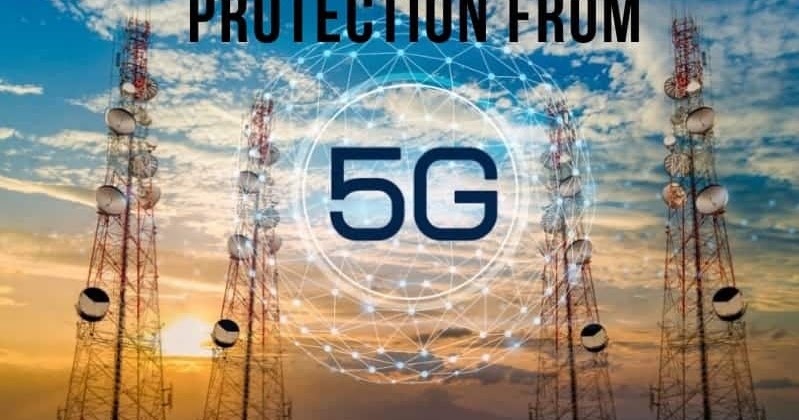This article covers the topic of 5G radiation, a non-ionizing electromagnetic radiation. Because 5G radiation is small, it does not possess the capability of breaking chemical bonds in biological tissue or cause any modifications to cells. It isn't known whether the effects of 5G radiation alter the risk of developing skin cancer, and there is no evidence that has been found to suggest it may cause other disease.
Millimeter-wave radiation with high frequency
High-frequency millimeter wave radiation emitted by mobile phones and wireless networks can cause adverse health effects for human beings. There are many ways in which this radiation could cause harm. In certain instances, the radiation can cause damage to someone's DNA. In other instances the radiation may cause harm to other areas within the body including the brain.
Recent studies have revealed that 5G technology could induce thermal heating in tissues. This is why scientists from International Council on Non-Ionizing Radiation Protection (ICNIRP) has asked to review the current safety standards for biological and thermal radiation. The current exposure standards don't protect people from extreme heat in the event of exposure to millimeter wave pulses.
Skin cancer risk
There isn't a definitive answer to the issue of whether radiation from 5G could cause skin cancer. It is thought that 5G RF EMFs behave as high-LET ionizing radiations. does 5g emit radiation means that they can produce large amounts of free radicals within the skin. The FCC hasn't issued any specific guidelines about the risks of 5G technology. Consequently, the debate on the subject continues.
While there are plenty of studies regarding the impact of radio waves that are higher frequency on the health of humans, they have remained largely limited in the scope. However, there is concern over the effects of millimeter-wavelength exposure on oxidative stress and gene expression. These effects may extend to the skin as well as other organs, such as the brain.
Impact on other diseases
The latest generation of technology for wireless, called 5G, is rapidly expanding However, researchers are warning about its potential health hazards. The technology will dramatically increase the amount of electromagnetic radiation found in our surroundings. 5g towers radiation is a concern that has sparked debates in many nations, including Switzerland. In September 2017 390 scientists and doctors were in favor of a moratorium on 5G deployment. This call was ignored by the European Commission, which is in charge of controlling the use of technology like 5G.
In the end, there is a need for more research to study the health implications of 5G. However, studies have shown that 5G does not cause the same effects in humans as the old mobile networks. It also does not spread an entirely new strain of coronavirus. Additionally it doesn't make people more vulnerable to viral infections.
The measurement of exposure
The measurement of exposure to 5G radiation is a crucial aspect of ensuring the safety of 5G networks. There are two ways to measure exposure. One method is measuring the power of radio waves absorbed by human tissues. The other involves measuring the quantity of radiofrequency energy released by an object. Radiation frequency energy (RF) can be described as an energy source that is emitted through radio transmitters.
The United States, the FCC has set a limit on the energy density of 5G mobile devices. These tests can only determine power density at a distance of several inches, and it is the FCC does not have to measure every beam. However, it is possible to determine the energy density for each beam can be estimated through computer simulation. The most likely scenario is then selected based on the configuration of each beam.

The study has its limitations
There's been a lot of debate about whether the effects of 5G radiation are detrimental to the health of humans. The Swiss Government, for example has released a report which concludes that the technology is not likely to cause negative health consequences in the short-term, but there are no studies which have shown long-term impacts. However, 5g radiation contains several issues that include biased reporting.
The power and frequency of radio waves that transmit energy are determined by the frequency. The energy that is carried by a millimetre-wave will be identical to the frequency of radio waves currently however they will be less visible and will be ideal for high-density settings, since they will not be easily obscured by walls or glass. High-density urban areas would require a large number of smaller, low-power locations, while suburban areas would benefit from 5G sites operating at lower frequencies.
